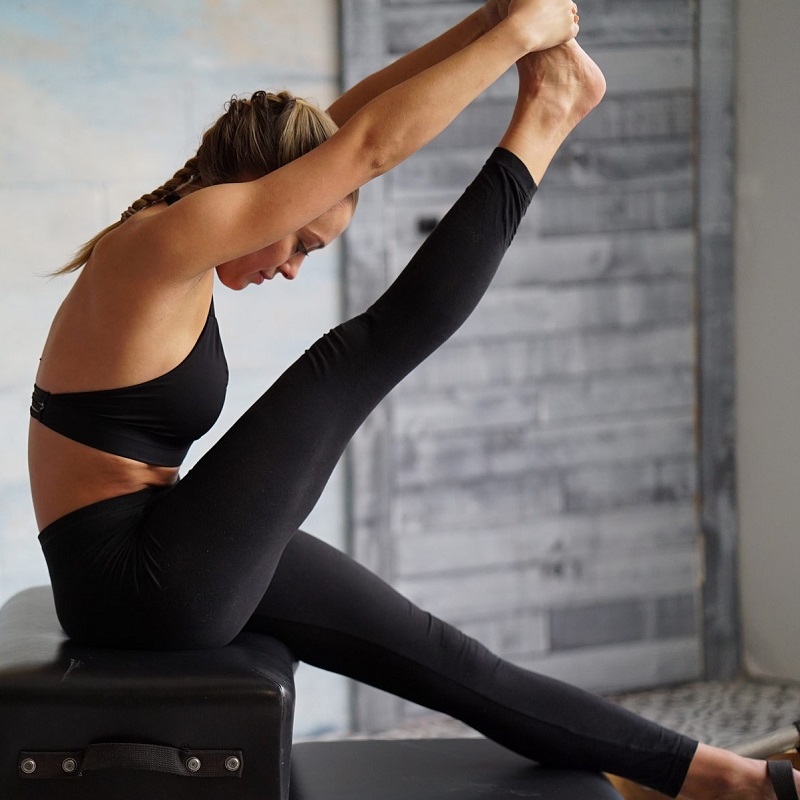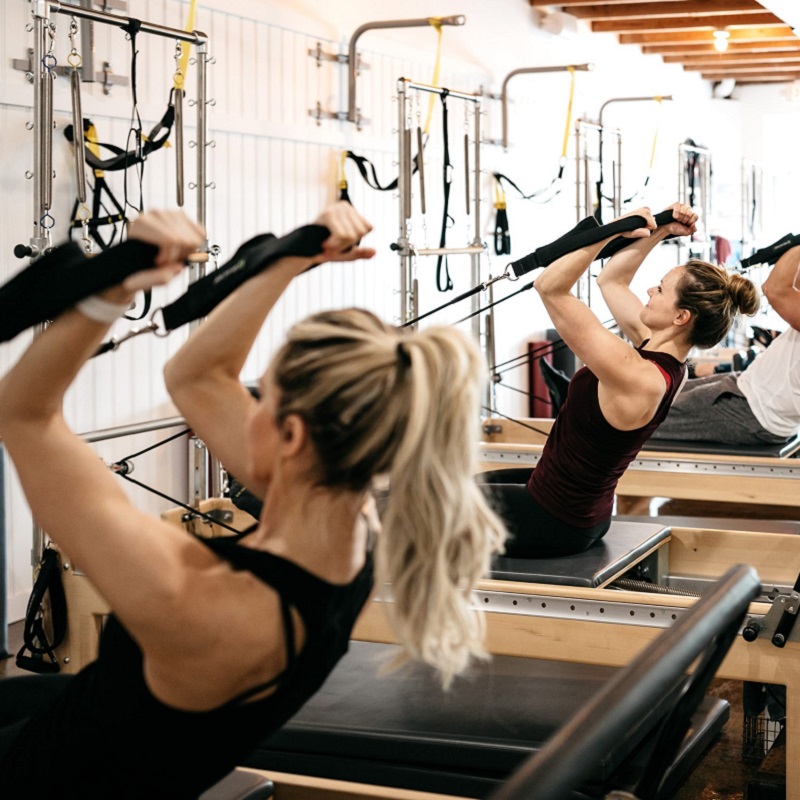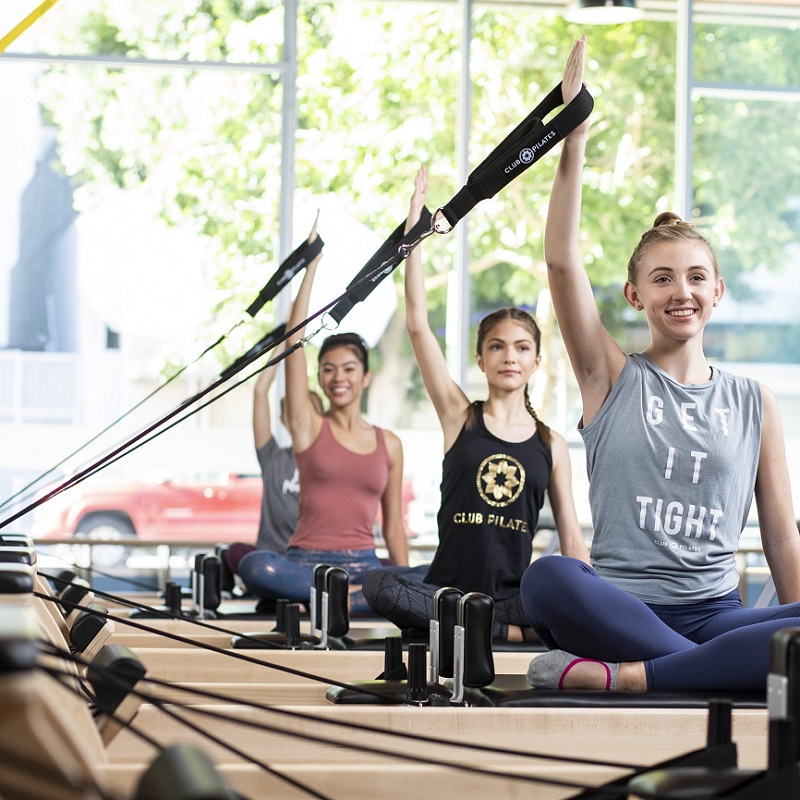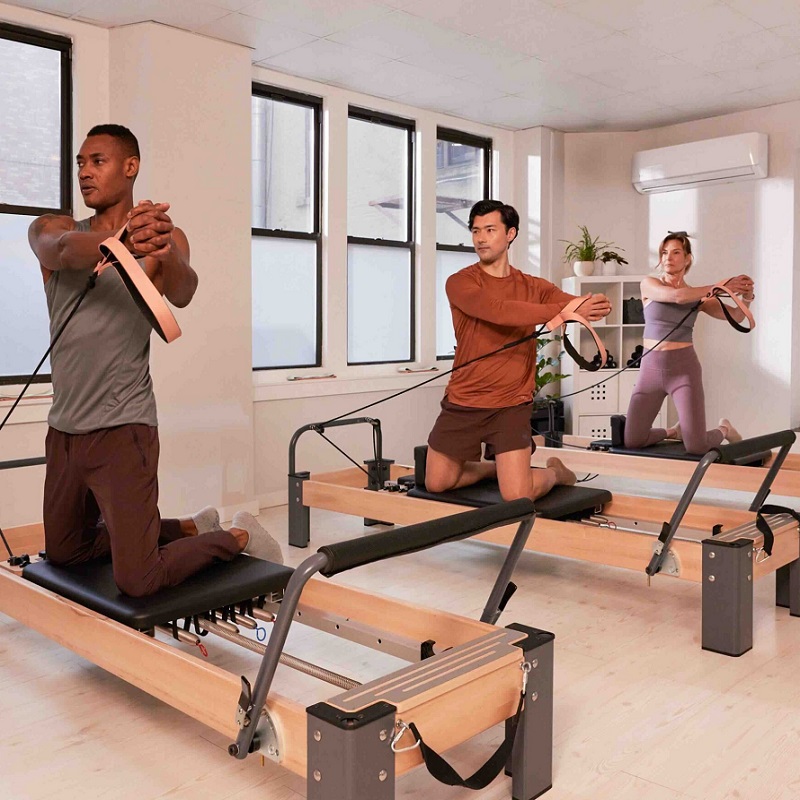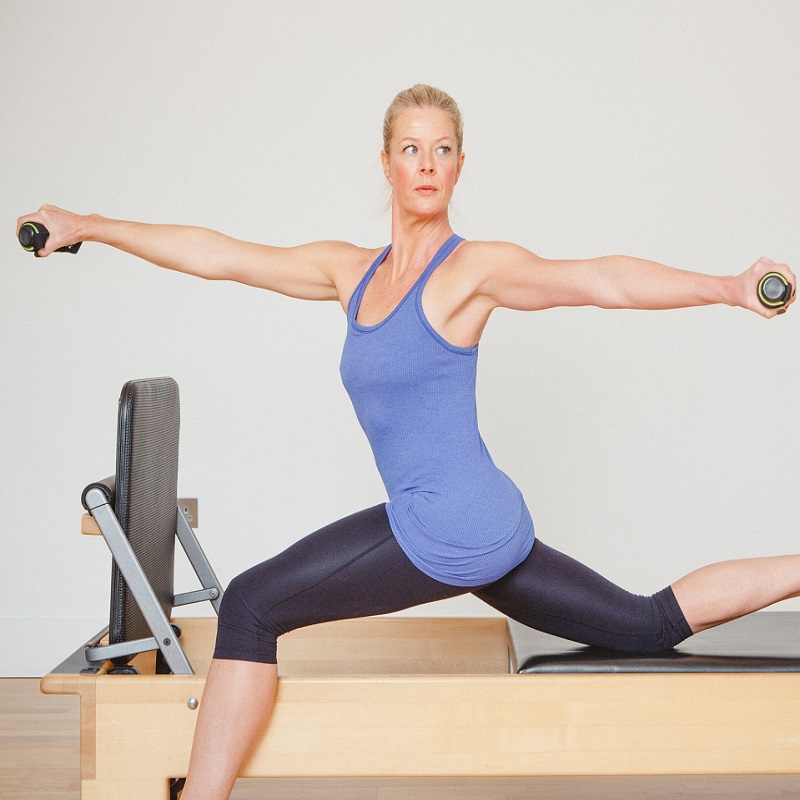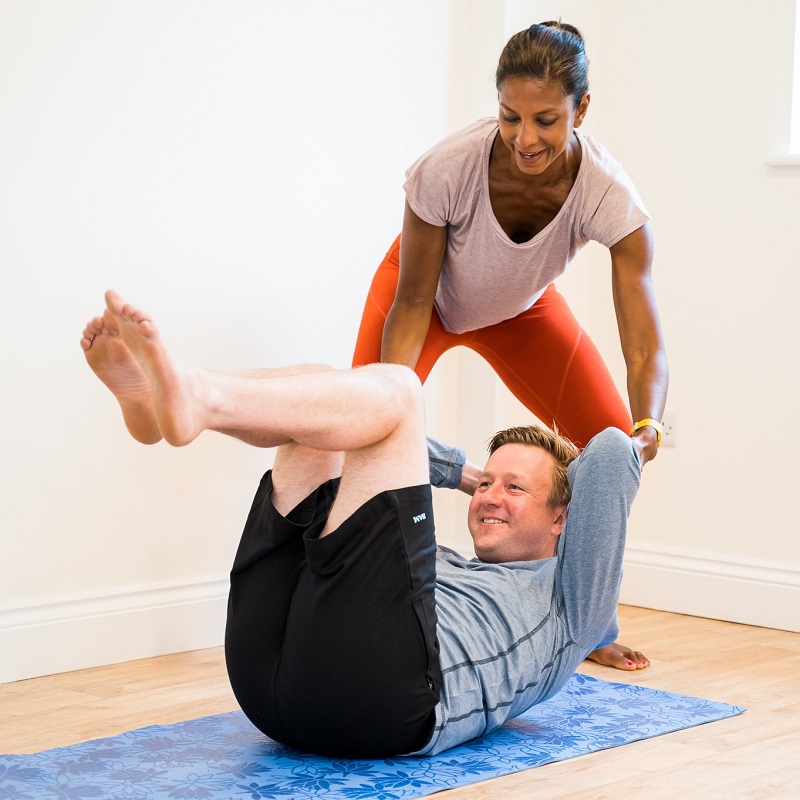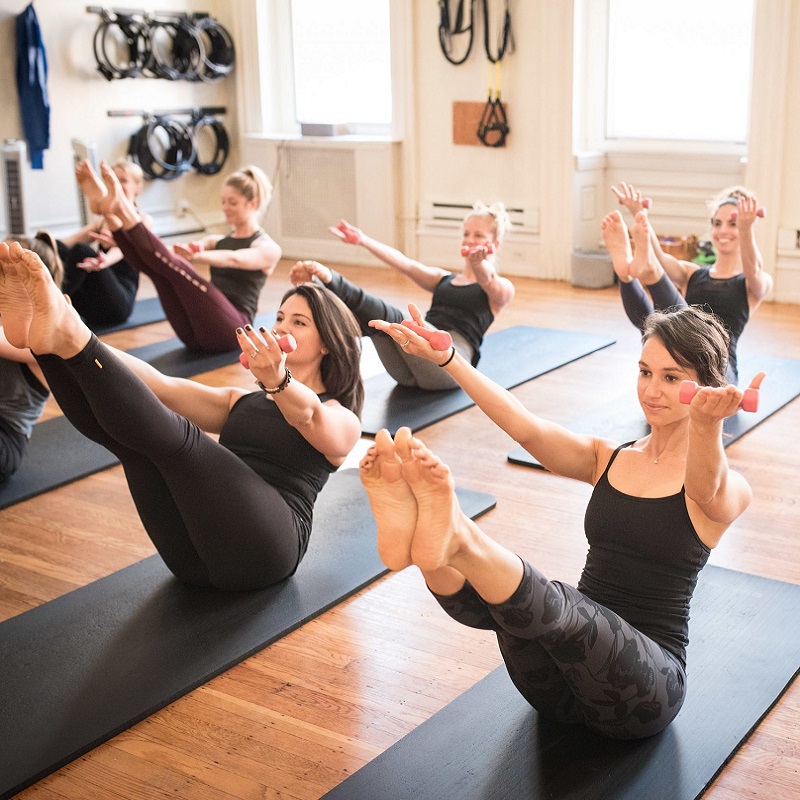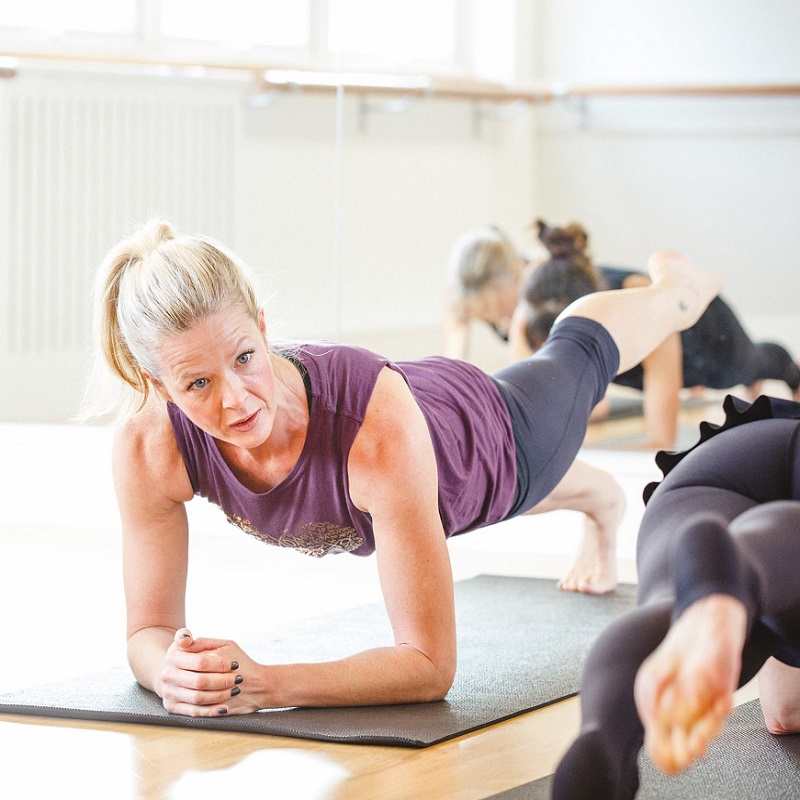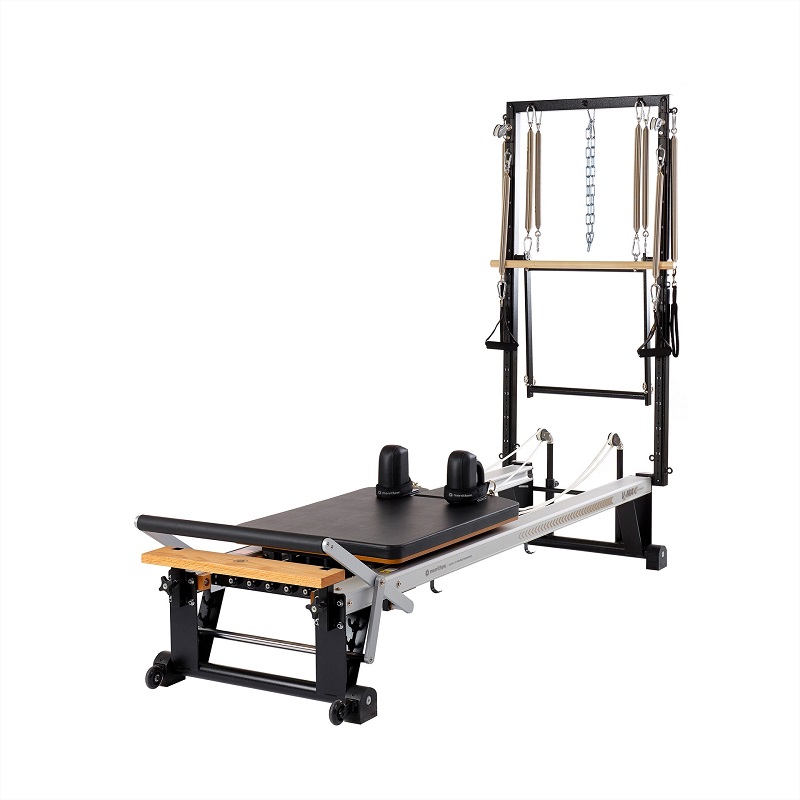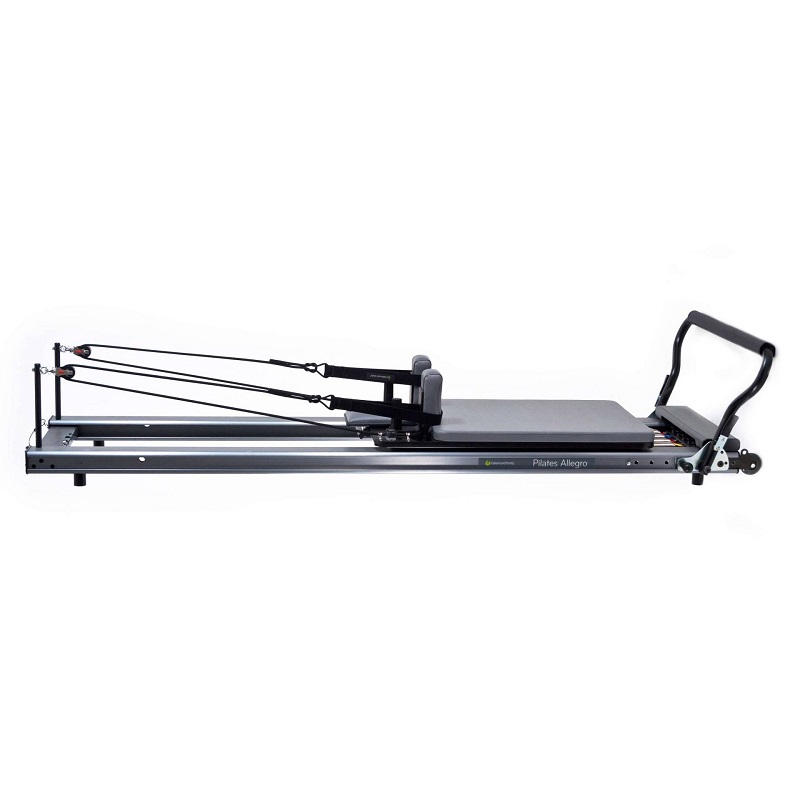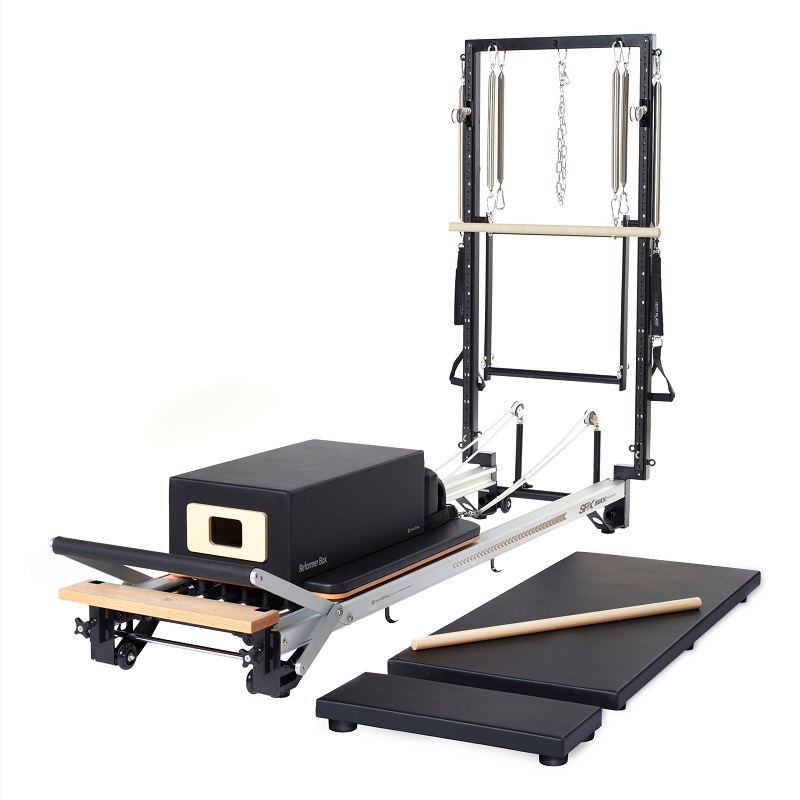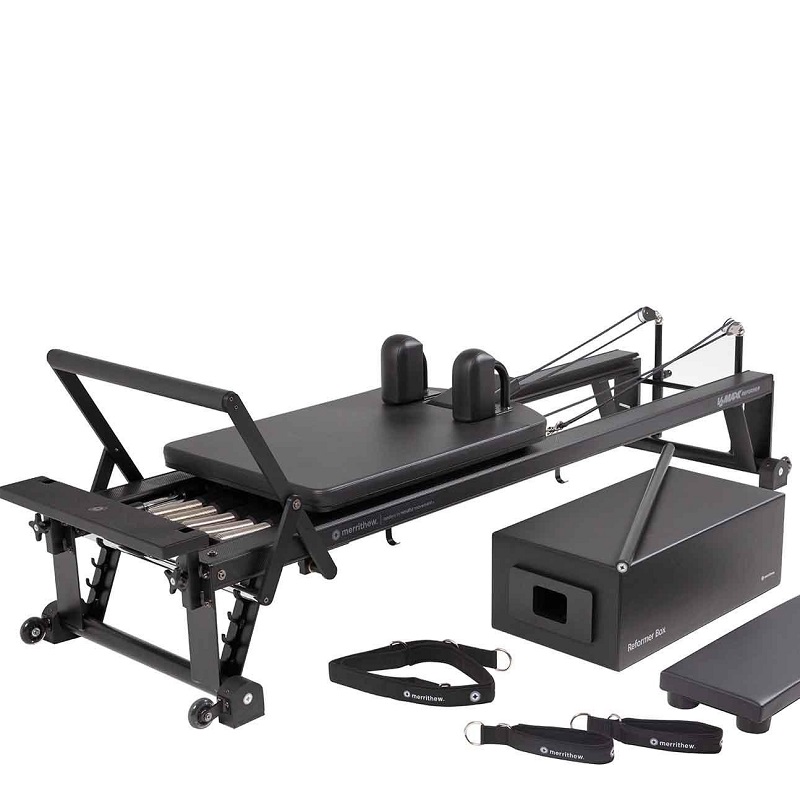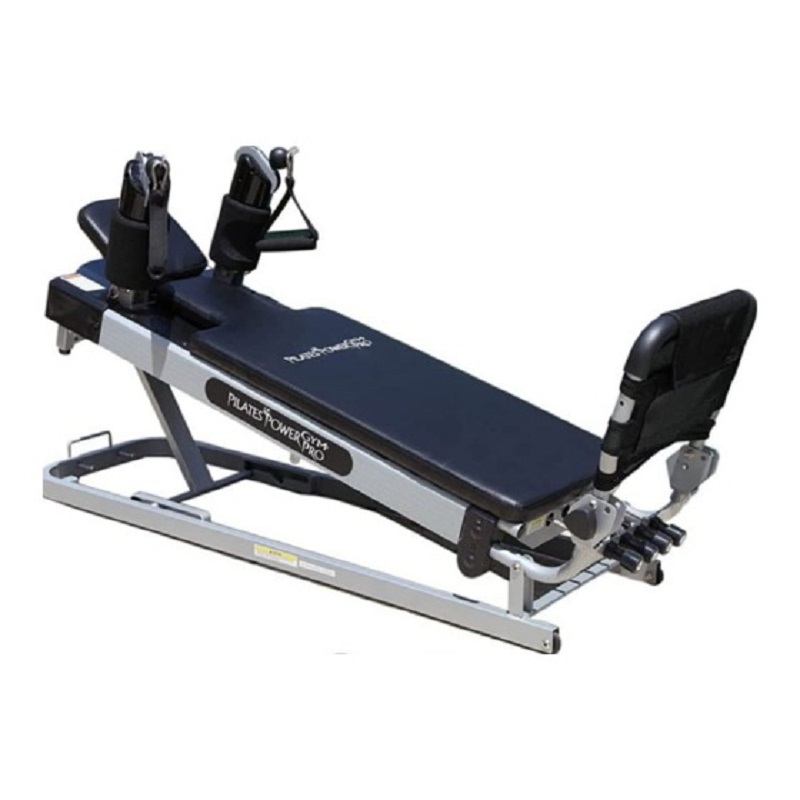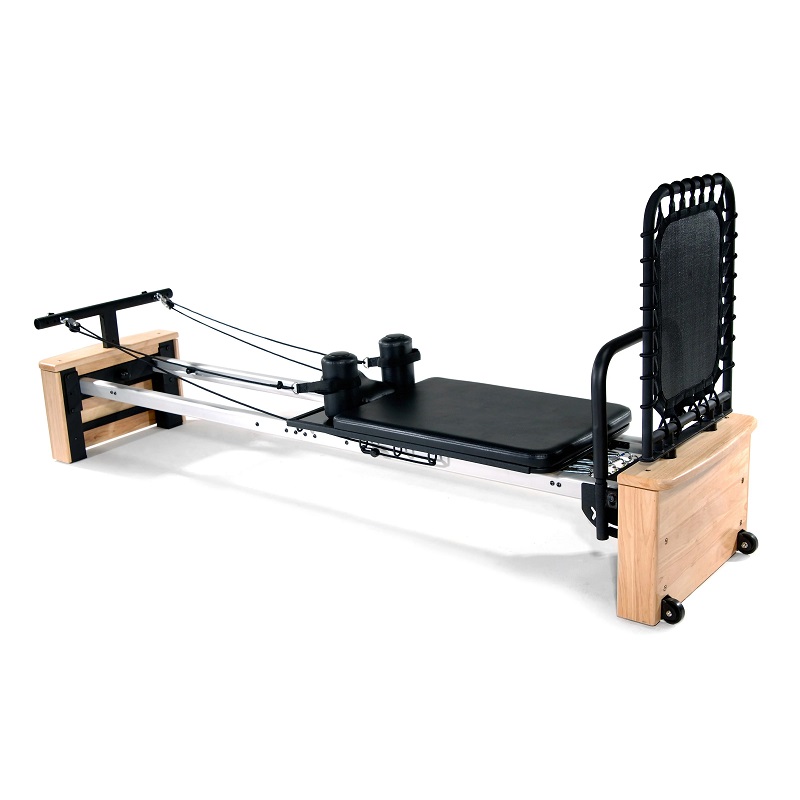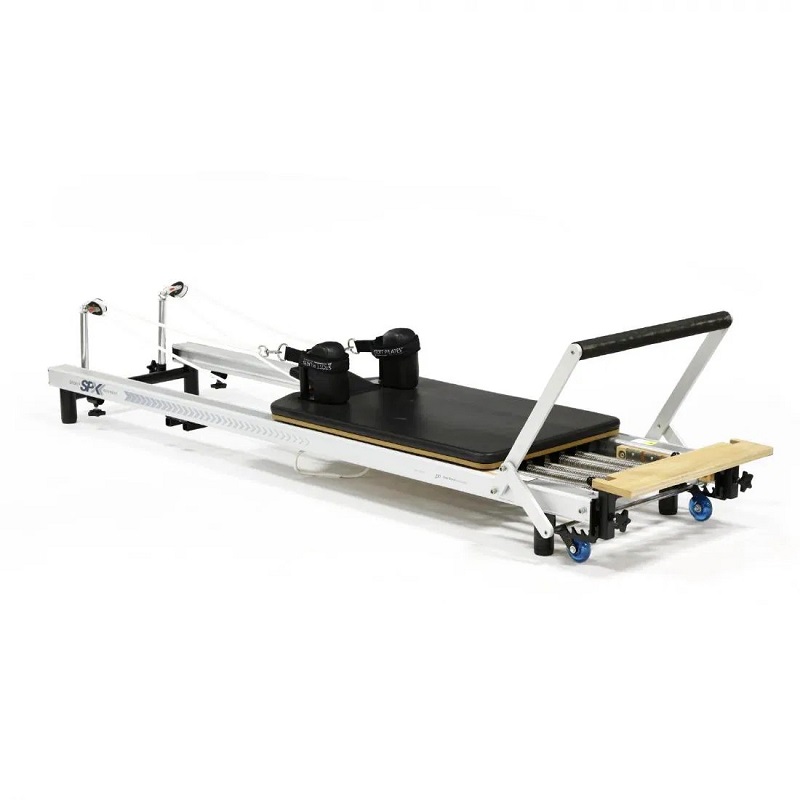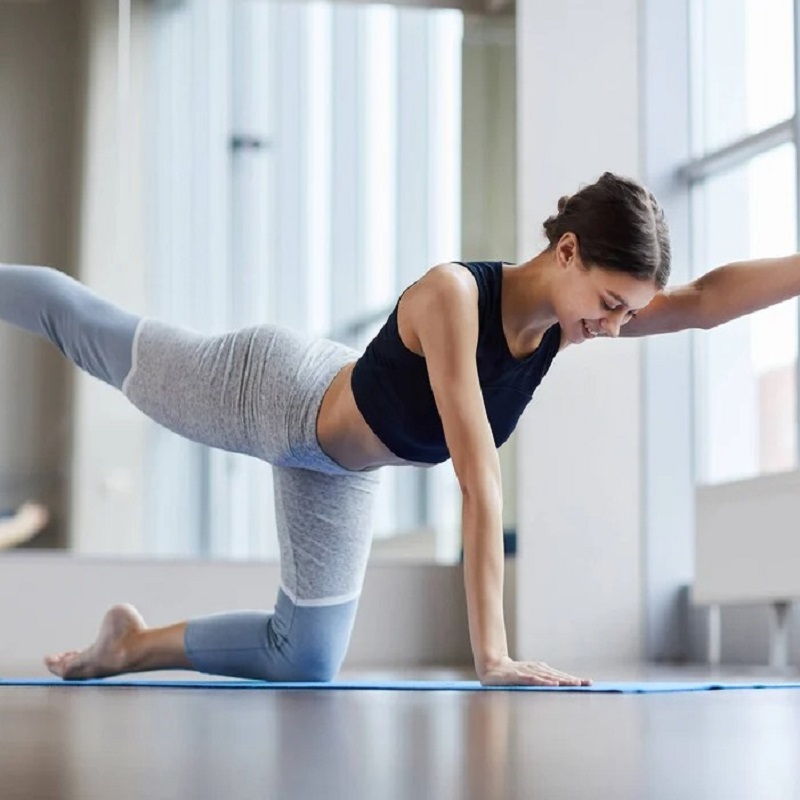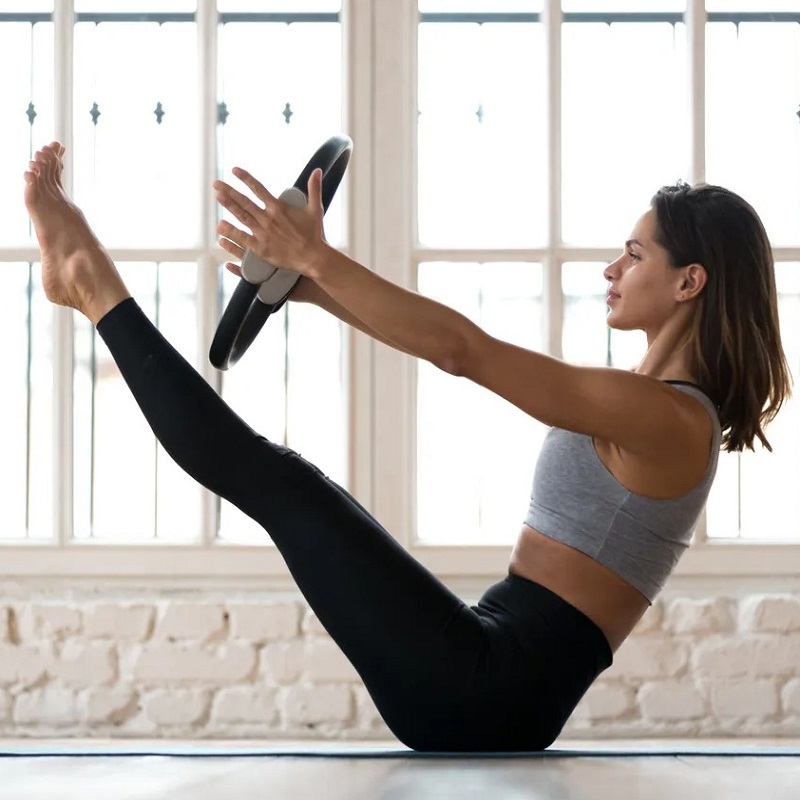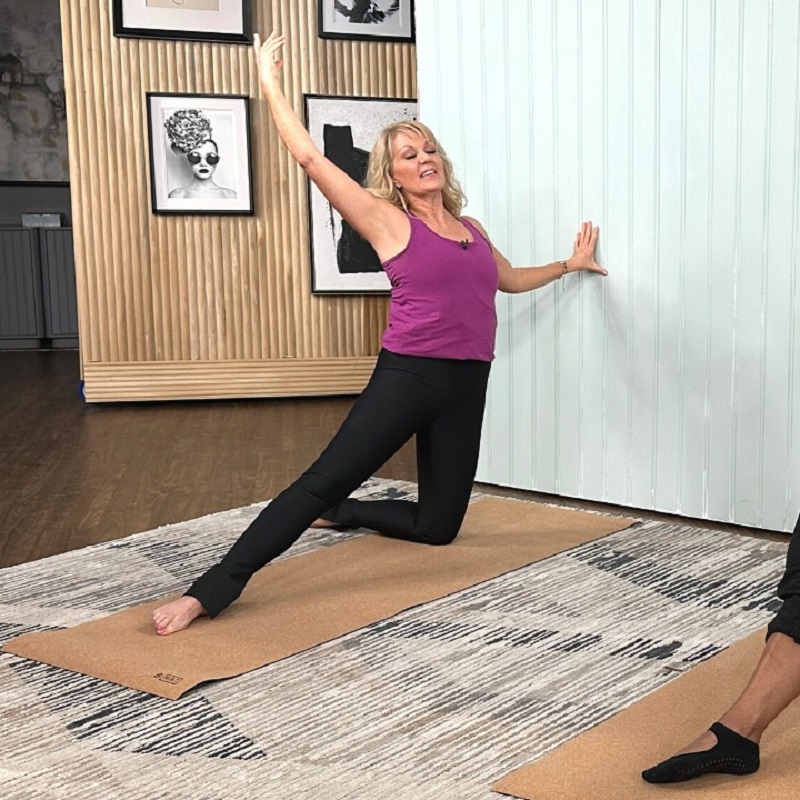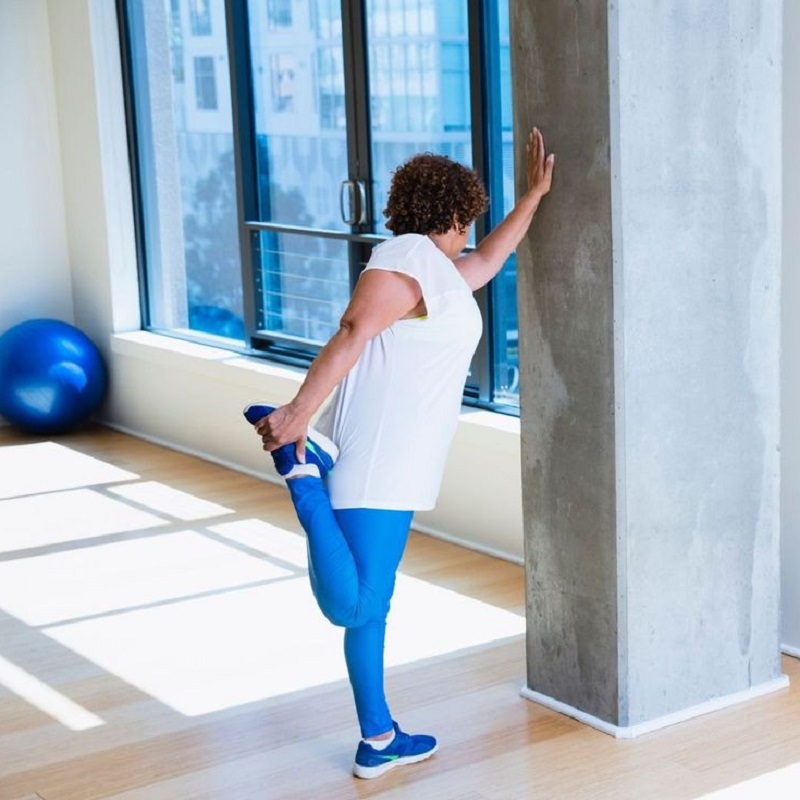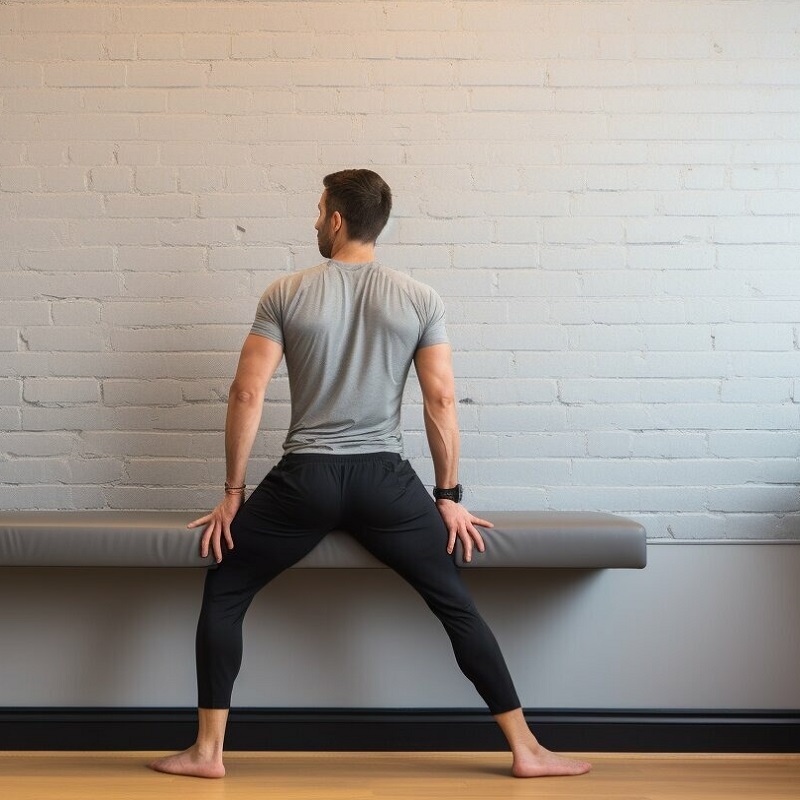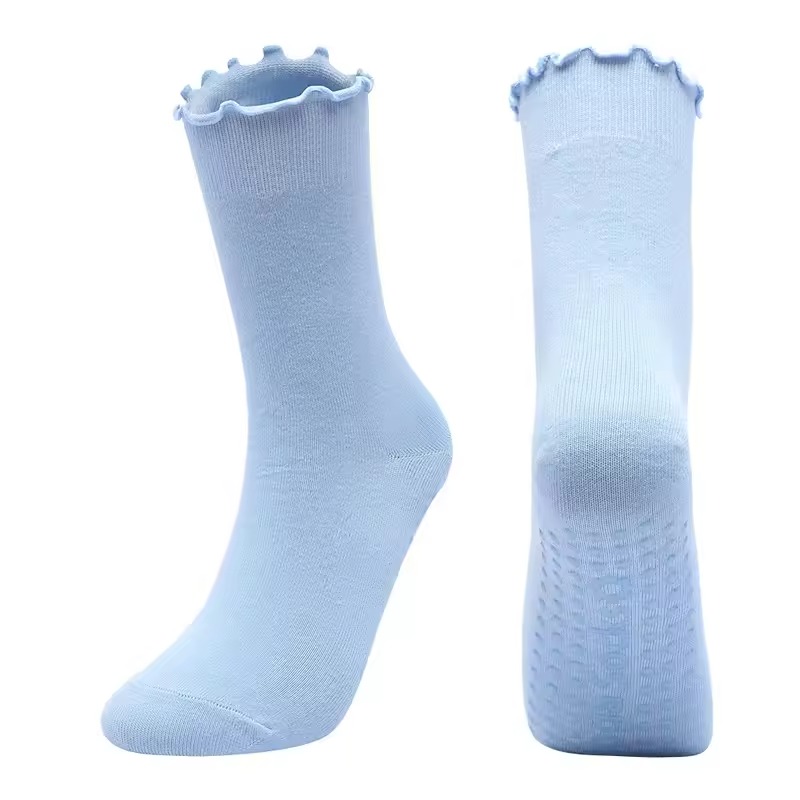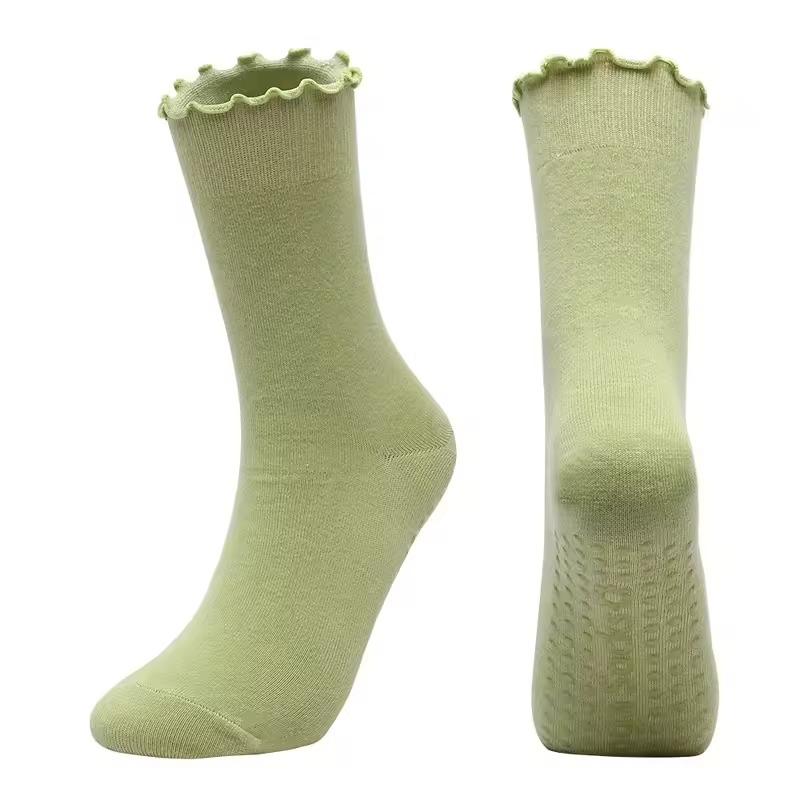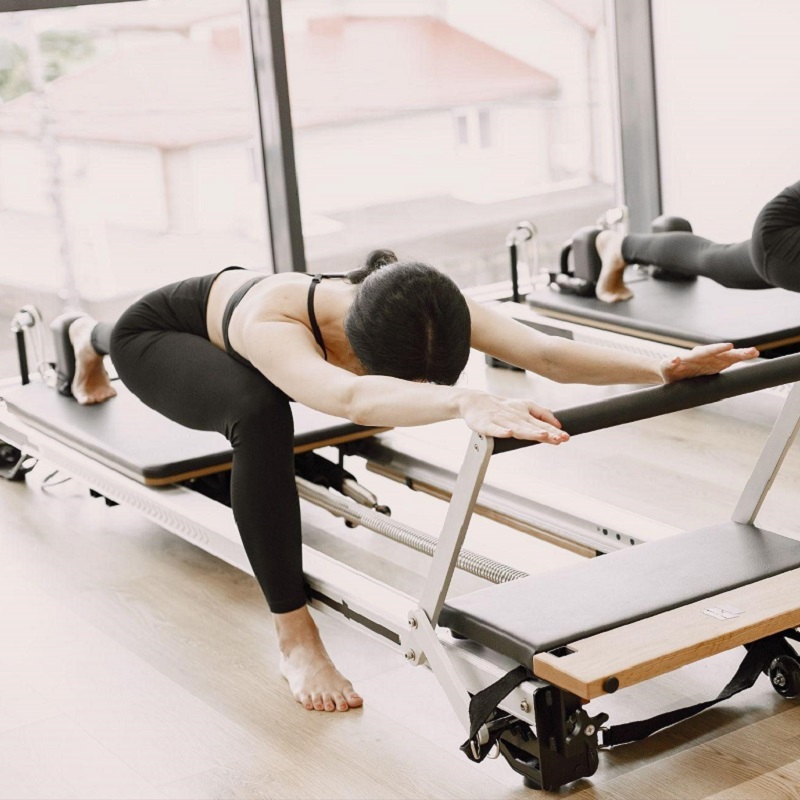Introduction
The Pilates ring, also known as the magic circle, is a versatile fitness tool designed to enhance your workout routine. Whether you’re new to Pilates or a seasoned practitioner, understanding the function and benefits of this ring can significantly improve your fitness experience.
This innovative piece of equipment is typically made of flexible rubber or a lightweight material. It allows for various exercises targeting different muscle groups. If you’re looking to increase your strength, improve flexibility, or enhance your overall fitness, the Pilates ring serves as an excellent addition to your routine.
In this guide, you will learn how to effectively use a Pilates ring, discover exercises to incorporate into your workouts, and understand the numerous benefits of this fantastic fitness tool. Let’s dive into the world of Pilates rings and explore their potential for enhancing your fitness journey.
Why Use a Pilates Ring?
Using a Pilates ring can offer numerous benefits for both beginners and experienced practitioners. Here’s why incorporating this innovative fitness tool into your regimen can be advantageous:
Versatility of Exercises: The primary reason to use a Pilates ring is its versatility. The ring can be utilized in multiple exercises that target various muscle groups. This makes it an excellent accessory for both beginners and advanced practitioners. You can focus on strengthening your core, toning your arms, and even enhancing your leg workouts. This adaptability allows for diverse routines that cater to different fitness goals.
Enhanced Resistance Training: The Pilates ring provides unique resistance that enhances traditional exercises. By squeezing the ring with your hands or legs during workouts, you engage your muscles more deeply, resulting in more effective training sessions. This added resistance helps improve strength and muscle tone without the need for heavy weights, making it a safe and practical option for many individuals.
Portability: Another reason to appreciate the Pilates ring is its portability. Unlike bulky gym equipment, the ring is lightweight and easy to transport. This makes it an ideal companion for home workouts or travel. You can easily pack it in your suitcase or gym bag, ensuring that you can maintain your fitness routine wherever you go.
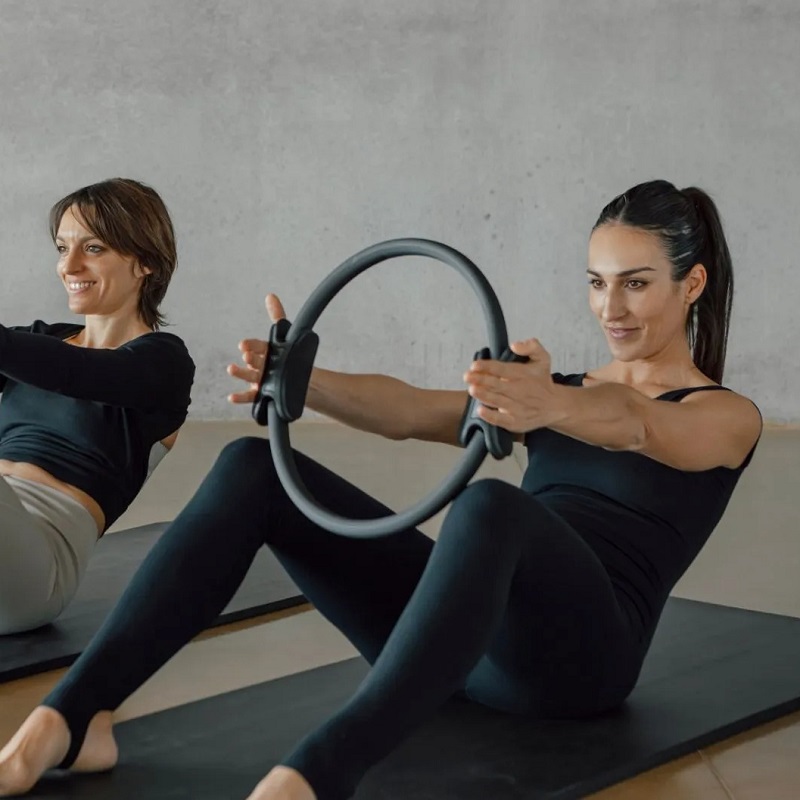
How to Choose the Right One
When selecting a Pilates ring, it’s essential to consider several factors that can influence your experience and results. Here are some tips for choosing the right one:
Material and Construction: Pilates rings come in various materials, including rubber, foam, and plastic. Rubber rings tend to be durable and provide a good balance of resistance. Foam rings offer extra comfort and grip. Consider your personal preferences and fitness goals when selecting the material of your Pilates ring.
Ring Size: The size of the Pilates ring generally ranges from 12 to 15 inches in diameter. A smaller size may be particularly useful for targeting arm and shoulder muscles, while a larger ring can be more versatile for different exercises. Experimenting with sizes will help you find one that feels comfortable and meets your workout needs.
Adjustability and Resistance Level: Some Pilates rings feature adjustable resistance, allowing you to customize your workouts based on your abilities and goals. Rings with varying resistance levels can provide options as you progress in strength and fitness. If you are a beginner, you might consider starting with a medium resistance before moving on to a more challenging level.
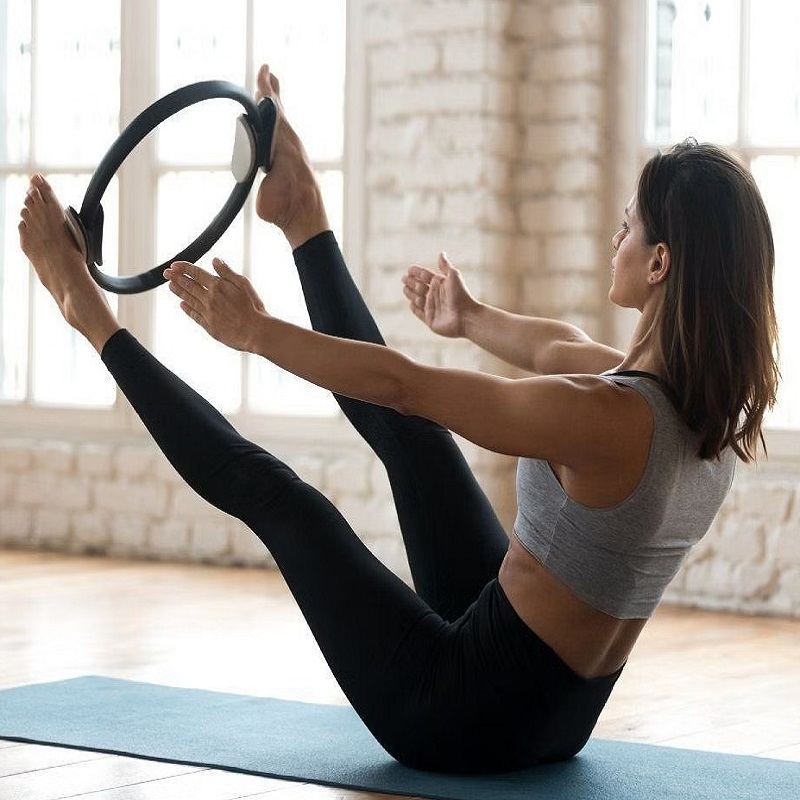
Basic Exercises with the Pilates Ring
Now that you have your Pilates ring, it’s time to explore some basic exercises to get started. These exercises incorporate the Pilates ring to enhance your workouts effectively:
Inner Thigh Press: Sit on a mat with your knees bent and feet flat on the ground. Place the ring between your knees and gently squeeze it while holding the contraction for 3 to 5 seconds. Release slowly. This effective exercise targets the inner thigh muscles while promoting core stability, making it ideal for beginners looking to tone their legs.
Chest Press: Stand tall or sit with your back straight, holding the ring in front of you at chest height. Push the ring outward while engaging your chest and arm muscles. Control the movement as you bring the ring back to your chest. This exercise enhances upper body strength and improves posture, making it a valuable addition to your Pilates routine.
Bridge Leg Lifts: Lie on your back with your knees bent and feet flat. Place the ring between your knees. Lift your hips into a bridge position while squeezing the ring and hold for a few seconds before lowering back down. This exercise strengthens the glutes, core, and thighs while promoting stability and balance in the pelvic region.
Overhead Press: Begin standing or seated with the ring above your head. Lower the ring behind your head while keeping your elbows bent, then raise it back to the starting position. This movement specifically targets the shoulders and upper body while also engaging your core stability.
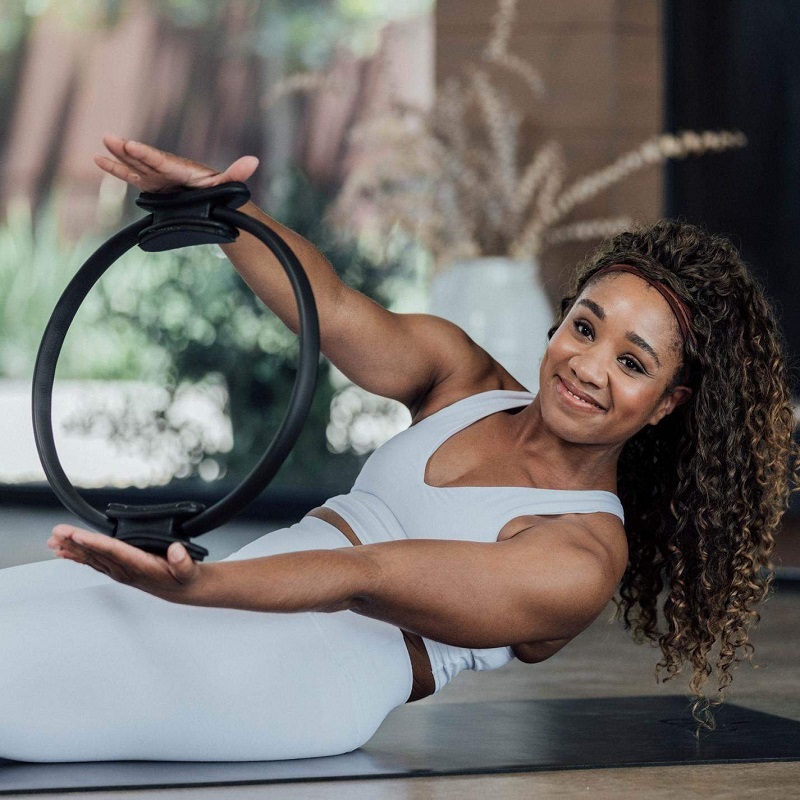
Building Your Pilates Routine
As a beginner, incorporating the Pilates ring into your fitness routine can be seamless. Here are some tips to help you build an effective Pilates workout:
Start Slow: If you are new to Pilates or exercises involving the ring, start with basic movements and gradually work up to more complex routines. It’s important to take your time to learn the proper form, breathing techniques, and muscle engagement during each movement. Mastering the basics will set a strong foundation for your practice.
Mix with Other Pilates Exercises: Don’t hesitate to incorporate the ring into your existing exercises. You can combine it with mat exercises or even other equipment like resistance bands or stability balls. This mixing will help you target different muscle groups and prevent workout monotony.
Create a Schedule: Consistency is key when building strength and flexibility. Consider setting up a weekly workout schedule that includes Pilates ring exercises. Dedicating specific days for your Pilates sessions keeps you accountable and committed to your fitness journey.
Listen to Your Body: Throughout your Pilates journey, pay attention to how your body responds to each exercise. If you experience discomfort or pain, take a break and assess your form. Every individual’s body is different, so adapting your routine to fit your personal needs will lead to a more enjoyable experience.
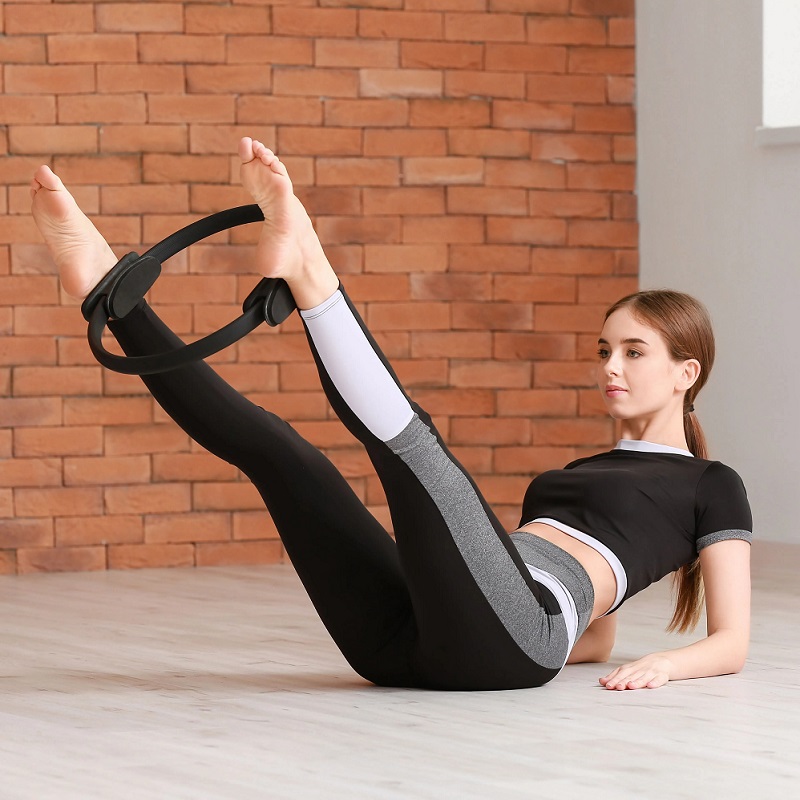
The Mental Benefits of Using a Pilates Ring
While the physical advantages of using a Pilates ring are well-known, it’s important not to overlook the mental benefits. Pilates encourages mindfulness and body awareness, and adding a fitness tool like the Pilates ring can enhance this experience:
Focus on Breathing and Relaxation: Using the ring encourages deep breathing and relaxation during workouts. Incorporating breath control with each movement can help you stay present and focused, reducing stress and anxiety in your daily life.
Promoting Body Awareness: Engaging with the Pilates ring makes you more aware of your body’s position and alignment. This heightened awareness helps you make adjustments during exercises, ultimately improving your overall form and effectiveness.
Achieving Flow State: The repetitive nature of Pilates exercises can encourage a flow state, where you lose track of time and become fully immersed in your workout. This state of mind can be incredibly fulfilling and uplifting, contributing positively to your overall sense of well-being.
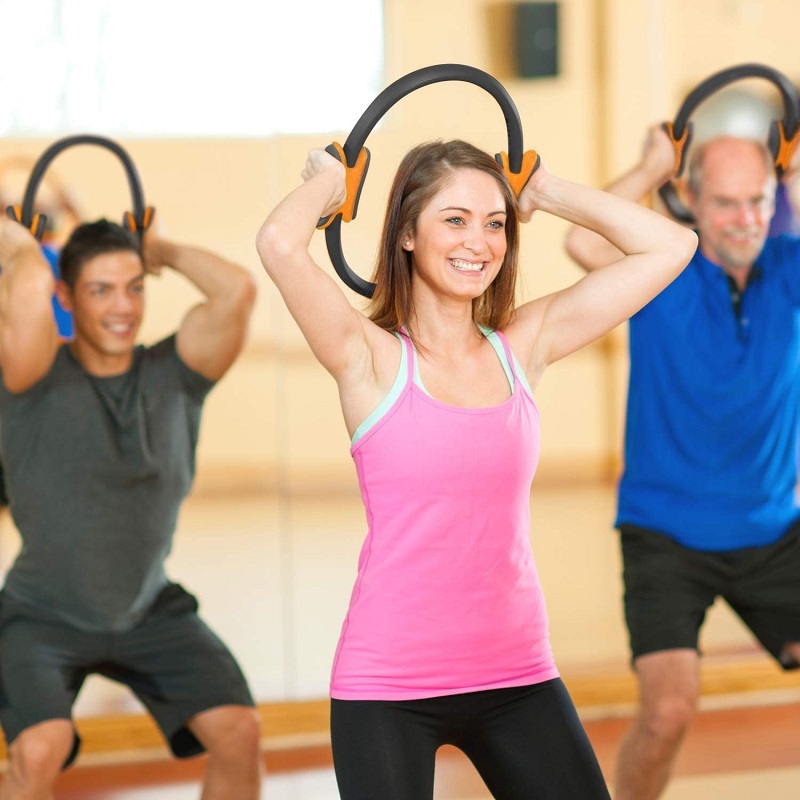
Safety Considerations
While the Pilates ring is generally safe to use, there are a few precautions to ensure your safety during workouts:
Consult a Doctor or Trainer: If you have pre-existing medical conditions or concerns, consult with your doctor or a certified Pilates instructor before incorporating the ring. They can provide guidance on suitability and modify exercises as needed.
Warm-Up and Cool Down: As with any fitness routine, warming up and cooling down is critical. Take time to perform gentle stretches and mobility exercises before and after your workout to prepare your body and prevent injury.
Focus on Proper Form: Always prioritize form over quantity. Using the Pilates ring effectively requires correct positioning and muscle engagement. If you’re unsure about an exercise, research instructional videos or seek help from a certified instructor.
Conclusion
In conclusion, the Pilates ring is an effective fitness tool that can elevate your exercise routine, whether you’re a complete beginner or looking to enhance your existing practice. By understanding the various benefits, learning how to choose the right ring, and incorporating effective exercises into your workouts, you can take significant steps toward achieving your fitness goals.
With consistent practice and attention to form, the Pilates ring will help you develop strength, flexibility, and body awareness. So grab your Pilates ring, set aside some time for yourself, and embark on a rewarding fitness journey that promotes both physical and mental well-being!






